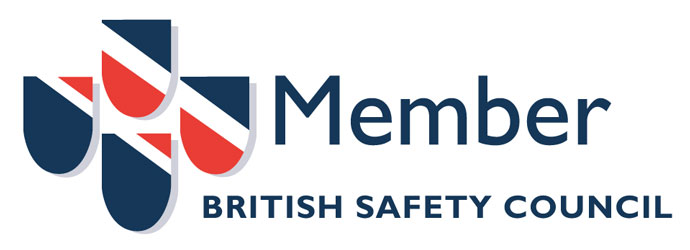The viaduct is a 10 span, currently disused, rail bridge which is now a public footpath and means of access across the valley. Two of the spans are over the River Aire and the whole contract involved working at height.
The existing paint coating contained lead and consequently the Control of Lead at Work Regulations 2002 applied to this contract. Accordingly we undertook face fit testing and blood tests for lead levels throughout the contract and utilised our Company owned vacuum grit recovery units, sealed skips, dust extraction equipment and decontamination units.
We subcontracted the scaffold and encapsulation aspects of the work to 2 existing members of our approved supply chain, SGS and Envirowrap respectively. The entire structure was enclosed in this way, with blasting works beginning once the scaffolders had completed the first 2 bays. Painting works commenced once the blasting team had prepared the first 2 bays. In this way the work progressed sequentially across the structure from our site compound. When working in bay 10 our plant and equipment was sited fully 150 metres from the workface, but we were able to maintain sufficient power for the dust extraction and vacuum recovery units to function at full capacity. Our team consisted intially of a supevisor and blasting squad totalling 8 personnel, and our numbers grew to 15 as the painting crew began their works.
All personnel were ICATS accredited and held the requisite blaster, sprayer and supervisor additional module certifications. Regular site inspections were carried out by the NACE and ICorr accredited Contracts Manager, and HSQE Officers conducted a series of site audits to confirm adherence to our safe methods of working, risk assessments and COSHH assessments.
The specification called for dry grit blasting to SA2½ followed by a stripe coat to all welds, edges and bolts. A full coat of Sherwin Williams XM92/M34 197 Duraplate 301W was then applied to all underside areas and the parapets. The latter then received 1 coat of Resistex C137V2 for added protection. This occasion was the first time our Company had used these specific products which had been designed expressly by the manufacturer to facilitate painting works in a damp enviromnent. Dry film thickness and wet film thickness readings were taken throughout the work in conformance with the quality plan and formed part of the completed quality pack at the conclusion of the contract.
All contract works were completed to programme in late February 2016 for a value of £490,000. Following further works undertaken by Amco, we were asked to return to site to complete minor cosmetic touch-up painting in May 2016.




















